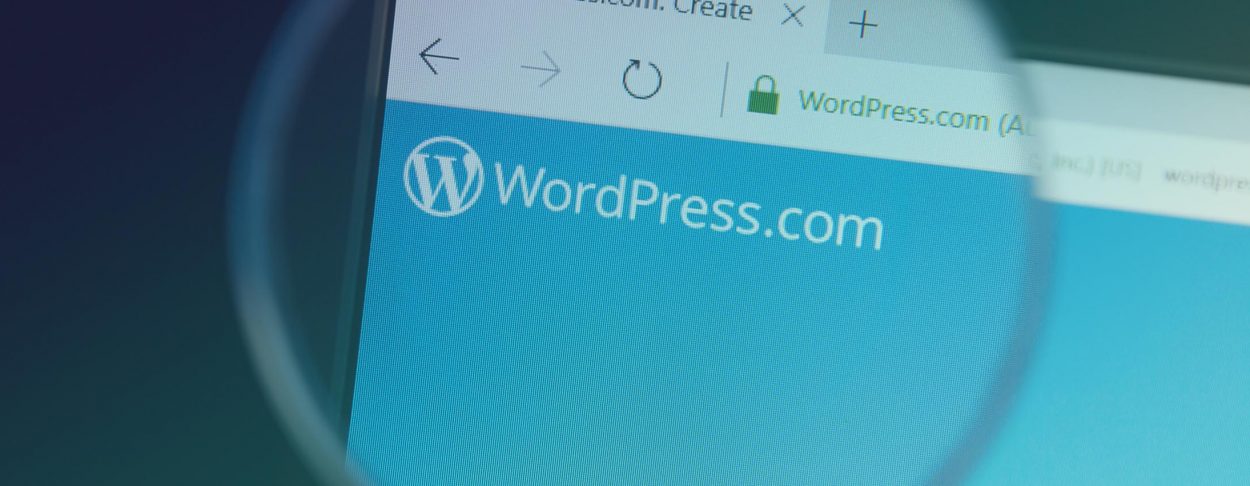A Handy Guide to Choosing the Right CMS for Your Website
October 27, 2016
October 27, 2016

An acronym for Content Management System, choosing the right CMS for your website can be trickier than you may think. WordPress is the most popular CMS these days but there are heaps of other popular options out there, from Joomla to Concrete5, Drupal, and the list goes on. The most important thing you’ve got to do, before anything else, is set down your list of requirements. Will many people be managing your new site or is it a solo thing? Will things change in the future? Will you need to publish content in various languages? Don’t be seduced by functionalities that you won’t ever need, but be sure to know exactly what you want from the get-go, or you’ll be kicking yourselves later. So how exactly do you go about choosing the right CMS for your website? Our handy list is here to help.
Make sure that your basic needs are covered in the best way possible. Will you be loading heaps of content on the site on a daily basis? Even if it’s a few times a week- how easy is it to edit, delete and organise pages? Any system that you go for should give you the ability to carry out these pretty basic tasks, easily and efficiently.
Anyone dealing with even the most basic pictures or files on their site needs to be able to edit, organise, and label them. And it’s not just about pictures, the same stands for PDF files, word documents and more. Fact is, you can’t overlook basic SEO capabilities like adding the <alt> tag to images. And to make things easier, you may also want a CMS that provides basic image editing tools like resizing, cropping and rotating.
When you’re customising your website, the CMS should be extensible to allow you to add custom attributes based on your business needs. Put simply, you need a CMS that allows flexibility in the way content is updated and retrieved.
Often, when a user visits your website, they’ll want to use the ‘search’ box to find what they are looking for. Make sure that the search functionality works as best as it possibly can to increase usability and lower bounce rates. Look into thoroughness, scope and more importantly, how often the search engine indexes your website, as this will directly affect the speed of the site overall.
Are you more than one person working on the site, managing it, or adding content to it? As your website grows, it’s more than likely that more people will be contributing and loading content to your site and you’ll need more control over who can edit what. As things progress, each person on the team should have different roles with different access levels. When your team becomes a large on, the content may need the approval of a chief content editor before it goes live. Whatever the case, your CMS role management system needs to be flexible enough to allow multiple access levels to different types users.
If you’ve been making significant changes to your website and realised that a mistake has been made, you’ll need to be able to easily and quickly backtrack and undo the damage! Some CMS’ allow you to revert back to a specific date, but most important, is to be able to revert back to the last saved date or to a specific revision.
The CMS should give you the capability to allow multilingual support. And this is something that many people actually overlook, because they think they only need to target the domestic market, deeming another language unnecessary. But do you live in a multicultural country where numerous languages are spoken? What about the second official language in your country? And how about if you expand your business or service one day to attract people from abroad? It is key that your CMS gives you the capability to grow as your business grows and requirements change.